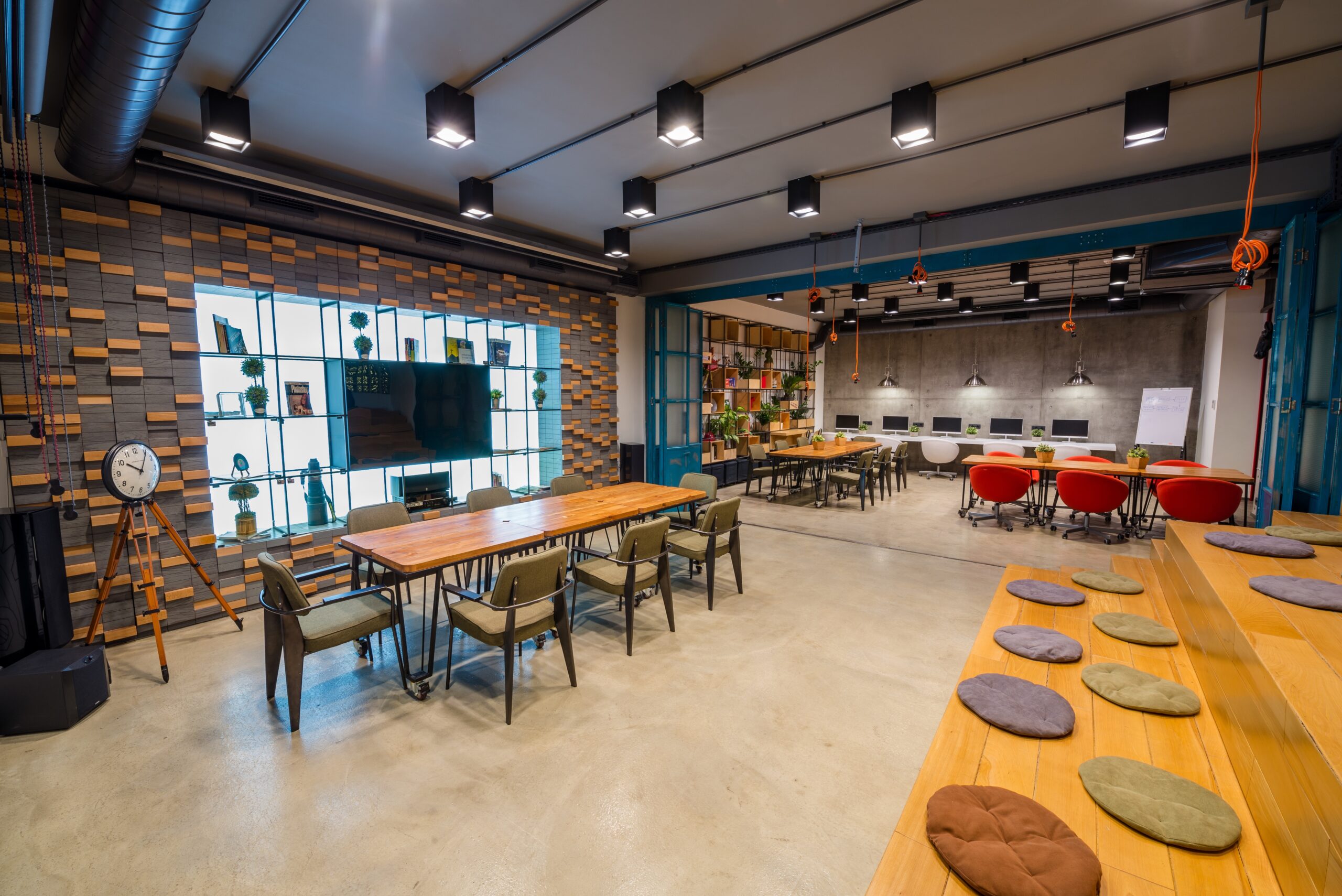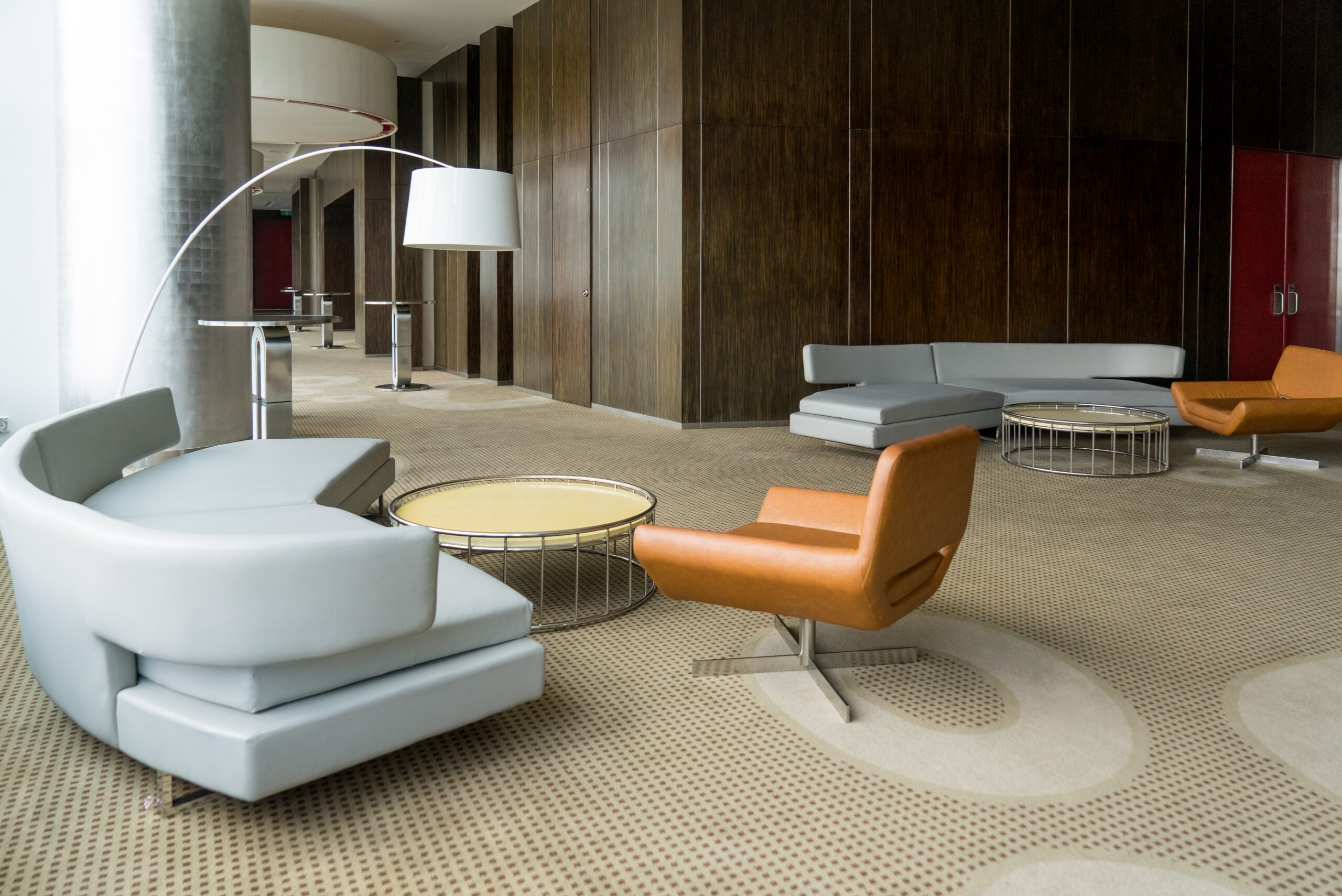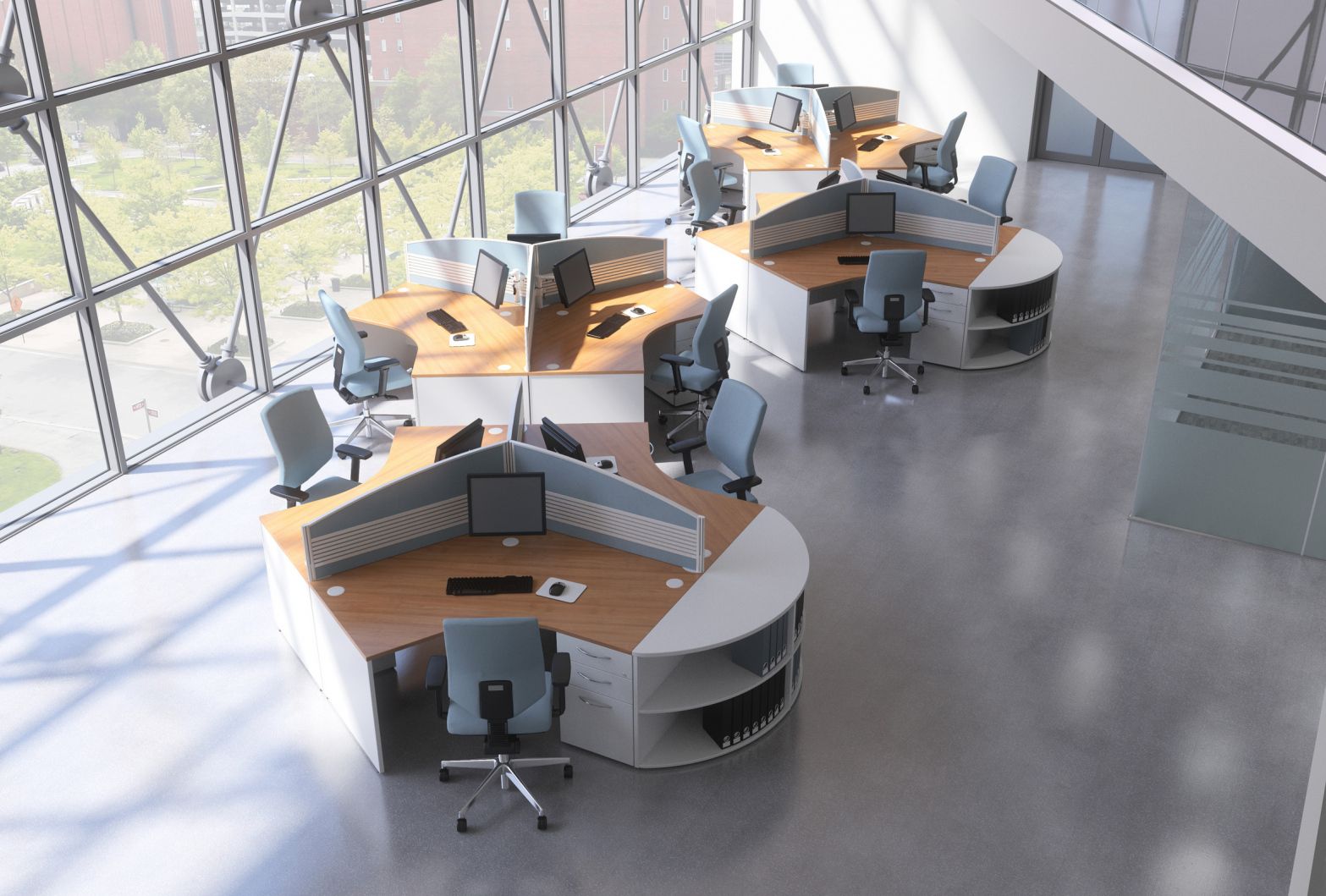Why Choose a Minimalist Desk for Small Spaces?
Before delving into the specifics of creating a minimalist desk setup, let’s first understand why it’s a wise choice for small spaces:
Space Optimization:
Minimalist desks are designed with compactness in mind, making them perfect for small spaces. They efficiently use available space without overwhelming the room.
Clutter Reduction:
A minimalist desk encourages a clutter-free environment by limiting the space available for unnecessary items. This can lead to improved focus and productivity.
Clean Aesthetics:
Minimalist designs emphasize clean lines and simplicity, which can visually open up a small space and create a sense of calm and order.
Enhanced Focus:
With fewer distractions and a simplified workspace, you can concentrate better on your tasks, whether it’s work, study, or creative projects.
Now, let’s explore how to design your minimalist desk for small spaces.
Choosing the Right Desk
The foundation of your minimalist desk setup is, of course, the desk itself. Here are some key considerations when selecting a desk for small spaces:
Size:
Measure your available space carefully to ensure the desk fits comfortably without overpowering the room. Look for compact and narrow desks that can be tucked into corners or against walls.
Style:
Opt for a desk with a minimalist design, featuring clean lines and a neutral color palette. This will help maintain the uncluttered look of your space.
Storage:
If storage is essential, consider desks with built-in drawers or shelves. Choose options that offer hidden storage to keep your workspace tidy.
Material:
Materials like metal, glass, or wood with a simple finish work well for minimalist desks. Choose one that complements your overall interior design.
Maximizing Desk Functionality
A minimalist desk doesn’t have to sacrifice functionality. Here’s how to make the most of your desk for various purposes:
Foldable Desks:
In ultra-small spaces, a foldable or wall-mounted desk can be a game-changer. It can be easily tucked away when not in use, freeing up valuable space.
Floating Desks:
Floating desks are mounted directly onto the wall, eliminating the need for legs that take up floor space. They offer a sleek and minimalist look.
Convertible Desks:
Look for desks that can transform or adapt to different needs. For example, a desk with an adjustable height can double as a standing desk for added versatility.
Cable Management:
Keep cables and cords organized and out of sight with cable management solutions. Use adhesive cable clips or a cable organizer box to prevent clutter.
Ergonomic Considerations
Even in a minimalist setup, ergonomics should not be overlooked. Here’s how to ensure your minimalist desk supports your health and comfort:
Chair Selection:
Invest in an ergonomic chair that provides proper lumbar support and encourages good posture. Look for compact chairs that fit well with your desk.
Monitor Placement:
Position your computer monitor or laptop screen at eye level to reduce strain on your neck and shoulders. Use a monitor stand or adjustable monitor arm if needed.
Keyboard and Mouse:
Use an ergonomic keyboard and mouse to minimize wrist strain. A keyboard tray or pull-out keyboard shelf can save space when not in use.
Desk Height:
Ensure that your desk height is suitable for your seating arrangement. A desk that’s too high or too low can lead to discomfort and pain.
Minimalist Desk Accessories
To maintain a minimalist aesthetic, carefully select desk accessories that serve a functional purpose while adding to the overall design. Here are some minimalist-friendly accessories to consider:
Desk Lamp:
Choose a sleek and minimalist desk lamp with adjustable brightness to provide adequate lighting for your workspace.
Organizers:
Use minimalist desk organizers to keep essentials like pens, notepads, and office supplies tidy and within reach. Opt for clear or neutral-colored organizers for a clean look.
Storage Solutions:
Utilize compact storage solutions like floating shelves or wall-mounted organizers to store books, documents, or decorative items without cluttering your desk.
Plant Life:
Incorporate small potted plants or succulents to add a touch of nature and tranquility to your workspace. Minimalist planters in neutral tones work well.
Color and Aesthetics
The color scheme and overall aesthetics of your minimalist desk can greatly impact the feel of your workspace. Here are some considerations:
Neutral Colors:
Stick to a neutral color palette for your desk and accessories. White, black, gray, and muted earth tones create a clean and timeless look.
Texture:
Add subtle texture to your desk with materials like matte finishes, natural wood grains, or smooth metals. These textures can elevate the overall design.
Art and Decor:
Choose minimalist artwork or decor pieces that resonate with your personal style. Less is often more when it comes to decorating a minimalist desk.
Personalization:
While minimalism emphasizes simplicity, it doesn’t mean your desk has to be devoid of personal touches. Display a few carefully chosen items or photos that inspire you.
Organization and Decluttering
A key aspect of maintaining a minimalist desk is regular organization and decluttering. Here’s how to keep your workspace clean and clutter-free:
Daily Cleaning Routine:
Dedicate a few minutes each day to tidy up your desk. Clear away any items that don’t belong or aren’t needed for your current tasks.
Weekly Review:
Conduct a weekly review of your desk to declutter and reorganize. Remove items that have accumulated and sort through paperwork.
Minimalist Mindset:
Embrace a minimalist mindset when it comes to acquiring new items. Before adding something to your desk, ask yourself if it serves a necessary function or brings you joy.
Digital Organization:
Extend your minimalist approach to your digital workspace. Keep your computer desktop organized and declutter your digital files regularly.
Conclusion
Designing a minimalist desk for small spaces is a creative exercise in balancing functionality and simplicity. By carefully selecting the right desk, optimizing your workspace, considering ergonomic principles, and maintaining a clutter-free environment, you can create a harmonious and productive workspace that aligns with your minimalist lifestyle. Remember that minimalism is not about deprivation but about creating a space that supports your well-being and allows you to focus on what truly matters.



